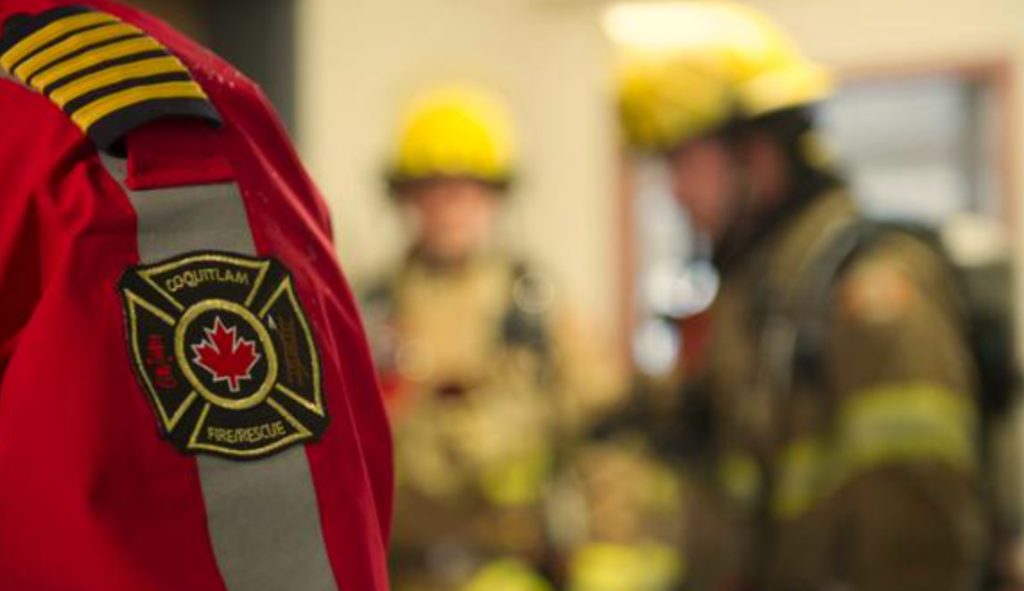Pipeline spills inevitable: Greenpeace
Posted November 16, 2017 7:37 pm.
Last Updated November 17, 2017 6:14 am.
This article is more than 5 years old.
VANCOUVER (NEWS 1130) – An estimated 795,000 litres of oil leaked in Marshall County, South Dakota just days before the Nebraska Public Service Commission is set to vote on TransCanada’s Keystone XL project.
Now, opponents say the spill illustrates a problem with the technology.
“This is another devastating reminder of the damages that pipelines bring with them,” says Mike Hudema with Greenpeace Canada. “And it comes at a very damaging time for TransCanada.”
US President Donald Trump issued a federal permit for the expansion project in March even though it had been rejected by the Obama administration.
Because the project already has its environmental permit, technically, Nebraska will have to base its decision on whether the project is, overall, in the best interests of Nebraskans.
Landowners in Nebraska, for one, are worried about what a spill means for their water supply. Farmers and ranchers there argue a spill would harm their soil, contaminate their water and damage their land values.
Hudema believes the state should take the spill into consideration.
“The question when it comes to pipelines is not if they’re going to spill, but when are they going to spill. What we saw is that over 700,000 litres leaked into agriculture area in South Dakota.”
As to whether oil should be transported by rail instead, Hudema says both rail and pipelines come with risks, and that the real question is, what is best way to produce energy when oil is no longer the answer.
According to Calgary-based Trans Canada, the leak occurred in an unpopulated agricultural area and was completely isolated within about 15 minutes of detection.
The Keystone XL project would move crude oil from Alberta, Canada, across Montana and South Dakota to Nebraska, where it would connect with existing pipelines feeding refineries along the Gulf Coast.
A leak and spill in southeastern South Dakota in April 2016 prompted a week-long shutdown of the pipeline. TransCanada estimated that just under 64,352 gallons, or 405 barrels, of oil spilled onto private land during that leak. Federal regulators said an “anomaly” on a weld on the pipeline was to blame. No waterways or aquifers were affected.










